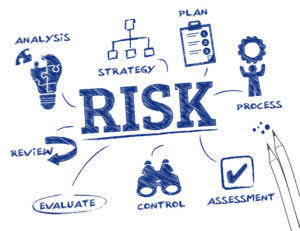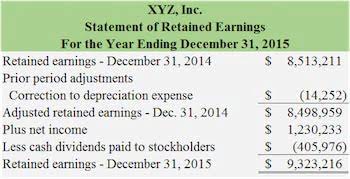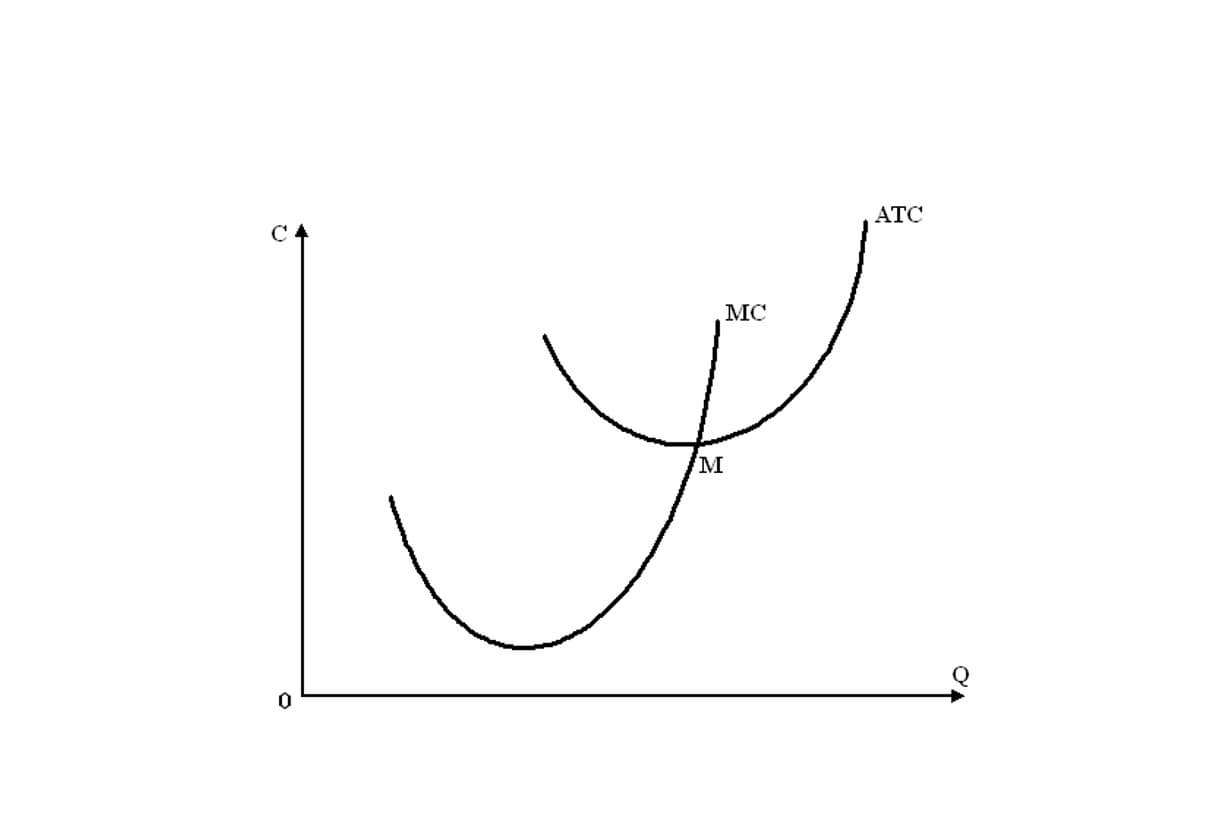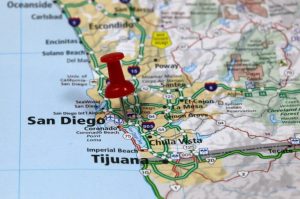
Every transaction is recorded twice so that the debit is balanced by a credit. Under your current liability accounts, you can have long-term debt, interest payable, salaries, and customer payments, while long-term liabilities include long-term debts, pension fund liability, and bonds payable. A balance sheet depicts many accounts, categorized under assets and liabilities. Like any other financial statement, a balance sheet will have minor variations in structure depending on the organization. Following is a sample balance sheet, which shows all the basic accounts classified under assets and liabilities so that both sides of the sheet are equal. A balance sheet explains the financial position of a company at a specific point in time.
What Is a Balance Sheet?

These may include mortgage loans, machinery leases, pension liabilities, or bonds payable. Since the balance sheet is founded on the principles of the accounting equation, this equation can also be said to be responsible for estimating the net worth of an entire company. The fundamental components of the accounting equation include the calculation of both company holdings and company debts; thus, it allows owners to gauge the total value of a firm’s assets. The accounting method under which revenues are recognized on the income statement when they are earned (rather than when the cash is received). Below liabilities on the balance sheet is equity, or the amount owed to the owners of the company. Since they own the company, this amount is intuitively based on the accounting equation—whatever assets are left over after the liabilities have been accounted for must be owned by the owners, by equity.
Owner’s Equity/ Earnings
Liabilities are financial obligations or debts that a company owes to other entities. Assets and liabilities are terms frequently used in business to state the property owned and the debts incurred, respectively. Assets are the properties or items owned by a business, and they increase the business’s value. Liabilities are the amounts owed by the business—in other words, debts that decrease the business’s value.

What Is the Accounting Equation?
Under the umbrella of accounting, liabilities refer to a company’s debts or financially-measurable obligations. Any discrepancies between recorded assets and the sum of equity and liabilities signal an anomaly and a need for corrections in account balances. The brilliance of the double-entry system lies in its self-balancing mechanism, acting as a check-and-balance system to reduce errors and uphold financial data integrity. Double entry system ensures accuracy and completeness in its accounting system. This methodical approach is fundamental to the accounting system’s integrity. For example, the inventory a company owns—but expects to sell within the current fiscal year—would be considered a current asset.
Common office supplies, such as paper, computers, and printers, can also be in this category, although they may not be included if they get used up over time. Analyze a company’s financial records as an analyst on a technology team in this free job simulation. For example, imagine that a business’s Total Assets increased by $500. This change must be offset by a $500 increase in Total Liabilities or Total Equity.
- That’s because a company has to pay for all the things it owns (assets) by either borrowing money (taking on liabilities) or taking it from investors (issuing shareholder equity).
- AP can include services, raw materials, office supplies, or any other categories of products and services where no promissory note is issued.
- Likewise, its liabilities may include short-term obligations such as accounts payable and wages payable, or long-term liabilities such as bank loans and other debt obligations.
- Changes in balance sheet accounts are also used to calculate cash flow in the cash flow statement.
- For example, accounts receivable must be continually assessed for impairment and adjusted to reflect potential uncollectible accounts.
- The balance is maintained because every business transaction affects at least two of a company’s accounts.
- For example, one current liability that should be paid within the fiscal period is the salary due to employees.
We’ll take you through the correct definition, the formula and calculation, the advantages and disadvantages, and why liabilities are so important to businesses. A liability is anything that’s borrowed from, owed to, or obligated to someone else. It can be real like a bill that must be paid or potential such as a possible lawsuit. A company might take out debt to expand and grow its business or an individual may take out a mortgage to purchase a home. It might signal weak financial stability if a company has had more expenses than revenues for the last three years because it’s been losing money for those years. Liability generally refers to the state of being responsible for something.
Equity and the Owner’s Equity Formula
While the balance sheet is concerned with one point in time, the income statement covers a time interval or period of time. The income statement will explain part of the change in the owner’s or stockholders’ equity during the time interval between two balance sheets. The balance sheet is also known as the statement of financial position and it reflects the accounting equation. The balance sheet reports a company’s assets, liabilities, and owner’s (or stockholders’) equity at a specific point in time.
How to show the effect of transactions on an accounting equation?

Essentially, the representation equates all uses of capital (assets) to all sources of capital, where debt capital leads to liabilities and equity capital leads to shareholders’ equity. Businesses of any assets and liabilities formula kind will have certain debts and obligations they need to pay to another party. They need funds to finance or expand their operations and sometimes that means obtaining capital from external sources.
Adam received his master’s in economics from The New School for Social Research and his Ph.D. from the University of Wisconsin-Madison in sociology. He is a CFA charterholder as well as holding FINRA Series 7, 55 & 63 licenses. He currently researches and teaches economic sociology and the social studies of finance at the Hebrew University in Jerusalem. If you own shares in a company, you own a piece of its equity value. You both agree to invest $15,000 in cash, for a total initial investment of $30,000.

